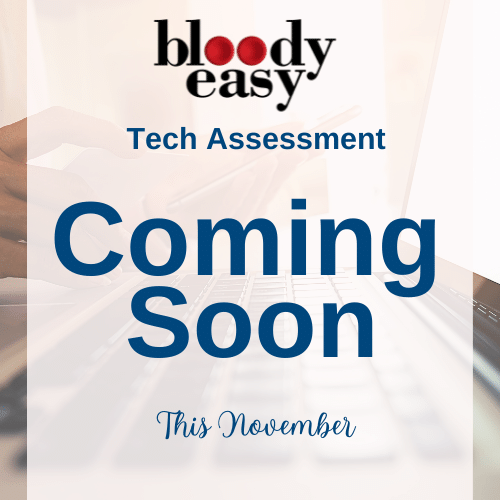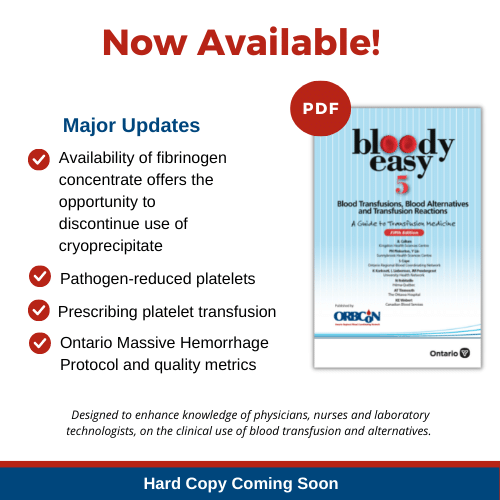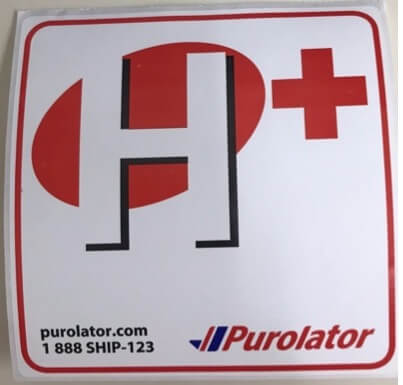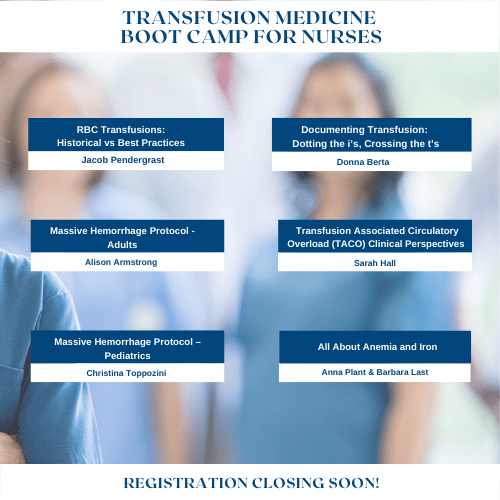Blood on Board Program saving lives and time in first year
Disclaimer: reposted with permission from Hospital News

By Joshua McNamara
A car crashes on a rural highway, 60 minutes from the closest hospital. Ornge’s Operations Control Centre receives a request from the Central Ambulance Communications Centre to respond to the scene with an air ambulance helicopter. Local paramedics work to stabilize the lone occupant as the fire department works to extricate them from the mangled wreck. The driver is trapped in the car during a lengthy extrication, their pelvis pinned by the dashboard with significant bleeding from a lower extremity injury. As the patient is extricated, a tourniquet is applied by the paramedics to stop the bleeding, but they remain profoundly hypotensive.
Ornge lands at the scene of the crash as the patient is being wheeled toward the land ambulance. The Ornge paramedics exit the helicopter and assume care of the patient as they are loaded into the awaiting helicopter, blades still turning and ready for a quick departure. Every minute counts. The patient will be transported by Ornge to a lead trauma hospital based on the Field Trauma Triage Standards. On route, Ornge Critical Care Paramedics are able to transfuse blood to the patient, thanks to the Blood on Board program, improving the drivers blood pressure and perfusion on the way to definitive care.
This intervention and outcome is the direct result of the Blood on Board program, a collaboration between Ornge the Division of Transfusion Medicine & Supply Bank at Sunnybrook Health Sciences Centre, an academic health sciences centre fully affiliated with the University of Toronto and a Level One trauma centre. Launched in August 2021, the program reached its 12-month milestone on August 31, 2022. Over the last 12 months, the program has transfused 63 units of blood to 38 patients ranging from interfacility trauma and medical calls to direct from scene trauma cases like the story above.
“For patients experiencing a life-threating injury or catastrophic hemorrhage, an emergency transfusion to replace lost blood can be life saving,” says Dr. Bruce Sawadsky, Chief Medical Officer for Ornge. “Research shows the faster that lost blood is restored with a transfusion, the better the patient outcome. This new program will lead to improved and faster access to blood products as a life-saving therapy.”
As a result of this program, the time to first transfusion for patients picked up directly from scene has been cut in half. These improvements don’t only occur for direct scene calls, similar improvements were seen for patients retrieved from regional and community hospitals. These reductions in delays to the first unit of transfused blood are significant and are directly attributable to the Blood on Board collaboration.
Ornge paramedics have received this initiative positively. “Paramedic crews report a great sense of accomplishment and patient advocacy in having the ability to provide this treatment modality in the field,” says Justin Smith, Chief Flight Paramedic at Ornge. “This allows our paramedics to provide the right care, for the right patient, at the right time.”
Sunnybrook and Ornge have been fortunate to speak about the team’s experience developing a Blood on Board program at regional, provincial and national conferences. Additionally, the team is part of the newly formed Canadian Prehospital and Transport Transfusion (CAN-PATT) group, a multi-disciplinary group of transport and transfusion programs from across Canada.
“Launching ‘Blood on Board’ has been a true team effort for everyone involved, from our partners at Ornge to the lab technologists in our blood bank,” says Dr. Yulia Lin, Division Head, Transfusion Medicine & Tissue Bank at Sunnybrook. “We look forward to helping other hospitals across the province join the program in the near future.”
As the program continues to develop, Ornge is looking to other Ontario regional transfusion programs to build partnerships to expand the reach of the Blood on Board program across the province. The goal is to be able to bring blood to the patients that need it in the prehospital and transport environment across all of Ontario.
Joshua McNamara works in communications at ORNGE
Announcement
Tech Assessment

The Tech Assessment program, Basic, Advanced and Dispensary Site will be launching in November 2022!
Featured Resources
Bloody Easy 5

Purolator Healthcare Indicators

The Plasma Protein and Related Products (PPRP) redistribution program is adding the use of Purolator Healthcare Indicator labels in order to further identify our shipments as Healthcare/Hospital related and to avoid possible delays in redistribution of PPRP shipments. Notification and implementation for the use of the labels on the J82, E38 and MTS EMT shipping containers was sent on October 24th.
Updates to the following documents in our Redistribution Toolkit have been made to reflect this change:
- IM.006 – Shipping Blood Components Using the J82 & E38-Shipping Containers
- IM.011 – Shipping Blood Components/Products Using MTS Shipping Containers
- Shipping Blood Components and Products Training Checklist
Changes to the following documents will follow soon:
- Redistribution Hospital User Guide: Plasma Protein and Related Products Redistribution Hospital User Guide
- Narrated PowerPoint: Plasma Protein and Related Products (PPRP) Online Reporting Training Video
For questions or concerns please contact one of your ORBCoN or FCRP coordinators.
Dispensary and administration toolkit
ORBCoN has created a set of tools that can help the Dispensary/Administration sites design and implement a transfusion program. These tools include:
- A list of relevant Accreditation Canada Diagnostics Requirement
- Policy and Procedure Checklist
- Resource Checklist
- Power Point Presentation – Dispensary and Administration Site Information
- Memorandum of Understanding Template
If you have any questions about setting up an administration site, please reach out at transfusionontario@gmail.com
Upcoming Events
Transfusion Medicine Boot Camp for Nurses
Join these speakers for this year’s Transfusion Medicine Boot Camp for Nurses, Nov 23rd

Upcoming UofT TM Round

November 24, 2022 @12pm-1pm
MLT Session – Interesting Serology Cases
Virtual Session Only